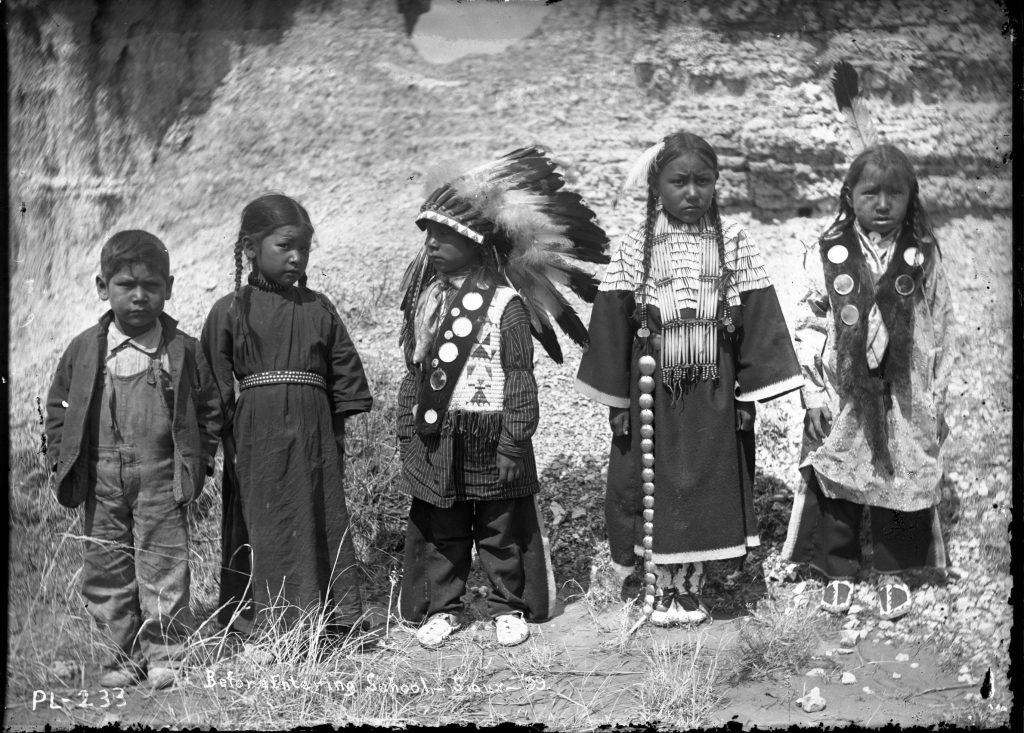
Highlighting Indigenous Narratives Through the Lens of Culinary Arts

# The Culinary & Cultural Renaissance of Indigenous Foodways at Forge Project
**TAGHKANIC, New York** — In the serene beauty of Moh-He-Con-Nuck lands, draped in the colors of a vibrant autumn, the **Forge Project** welcomed its community to an intimate celebration of tradition, story, and seasonal harvest. At the heart of the gathering was the **Autumn Table** event, held on October 12, an integral offering of the Native-led nonprofit’s initiative to foster Indigenous leadership and heritage through arts and culture. Featuring a collaborative meal between chefs **Brit Reed** (Choctaw Descendant) and **Taelor Barton** (Cherokee Nation), the celebration paid homage to **Indigenous food sovereignty**, culinary traditions, and the ancestral stories that shape these practices.
## Revitalizing Indigenous Foodways
Forge Project’s Director of Indigenous Programs and Relationality, **Sarah Biscarra Dilley** (yaktitʸutitʸu yaktiłhini [Northern Chumash]), curated the meal series with a clear intention: to emphasize the significance of Indigenous foodways, underlining the connections between plants, animals, people, and culture — relationships often overlooked in modern narratives. For the Forge Project team, the event was more than a culinary endeavor; it was a moment of “relational work”, reminding attendees of how communities can heal and connect at an age-old gathering place — the dinner table.
“The most impactful relational work happens around the table, it happens with food, it happens with an opportunity for people to come together to mark the changing seasons,” Dilley explained during the event.
The meal series, planned alongside the Indigenous-led collective **I-Collective**, was a beautiful demonstration of how food can act as a bridge between past and present. **I-Collective** is a coalition of Indigenous chefs, herbalists, knowledge-keepers, and activists committed to preserving Indigenous food sovereignty — ensuring connections to the land for future generations.
## Traditional Flavors, Contemporary Celebration
On the sunny Saturday in October, guests were treated to an open-air kitchen that came alive with sensory excitement. The crackle of the fire oven, the smoky air, and warm breezes created a dance-like atmosphere as the chefs, both long-time collaborators, prepared a feast blending tradition with storytelling.
Reed and Barton have been actively working together since 2018, using their talents to present Choctaw and Cherokee cultures through gastronomy. The menu for this event was thoughtfully crafted to reflect the culinary heritage of their respective tribes, including dishes like:
– Tanchi Labona stew
– Fried **wishi** mushrooms
– Venison
– Plum Bayou Casserole served in miniature pumpkins
– Catfish
– Bean bread wrapped in Oak and Hickory leaves
– The traditional Cherokee nut soup, **Kanuchi**
– Grape dumplings
One dish held particular significance for Chef Barton: **Kanuchi**, a traditional nut-based soup, inspired by her grandmother, Edith Knight, who was known within her Cherokee community as “the Kanuchi lady.” The dish serves as both a tribute to familial legacy and a form of living cultural preservation.
The food was educational too. With each course, Barton shared stories surrounding the ingredients and the cultural importance of specific Indigenous plants and animals. Attendees learned firsthand how food storytelling binds communities and fosters a deepened understanding of Indigenous foodways.
## A Deep Connection to Home
A resounding theme throughout the gathering was the idea of “home.” Reed pointed out that Indigenous flavors form the **root of Southern cooking**, which was later modified due to colonization. One such ingredient is corn, a staple since time immemorial in Indigenous kitchens, now widely seen as integral to contemporary Southern cuisine:
“This is the original Southern food,” Reed noted, highlighting how the meal reflects the foundational contributions of Indigenous people to U.S. cuisine. “If nothing else, I want to provide more of that representation.”
This notion of honoring the home extended beyond just culinary discussions. Each meal was served family-style, designed to bring warmth and familiarity, encouraging attendees to converse and connect, almost as if they were dining with extended family.
**Candice Hopkins** (Carcross/Tagish First Nation), Executive Director and Chief Curator of Forge Project, echoed this sentiment. Hosting Indigenous gatherings like these comes with the responsibility of honoring the land and the people displaced from it:
“First, we are very conscious that we are guests here on Mohican land. We also bring hosting protocols from our own communities… These are some basic ways to take care of one another that have been forgotten in the age of museums,” Hopkins explained. “Reciprocity and how reciprocity equals different kinds of Indigenous futures.”
## Reclaiming Space & Tradition
For the Forge Project, events like these are crucial for **Indigenous placemaking** and reclamation — processes made increasingly necessary by the sustained effects of **